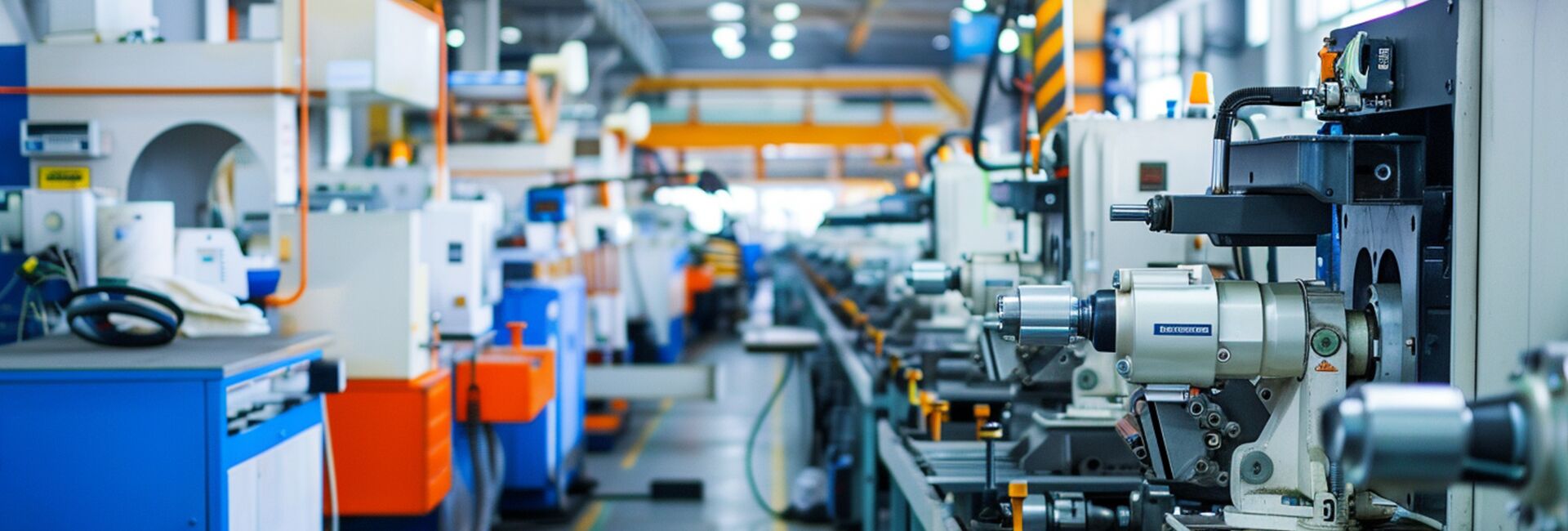
WIRELESS CHARGING IN THE NEWS

In the future, with the continuous development and improvement of 5G technology and the Internet of Things, the field of wireless charging for AGV/AMR vehicles will embrace an even broader development prospect.


Wireless charging technology for AGV/AMR carts has brought unprecedented opportunities to the intelligent logistics industry, but it also faces some challenges. As long as we can fully recognize these opportunities and challenges and take effective measures to deal with them, we will surely be able to promote the rapid development of the intelligent logistics industry and achieve the intelligent upgrade of the logistics industry.


The report "Global Patent Layout and Competitive Situation of Wireless Charging Technology for AGV/AMR Vehicles" provides a comprehensive perspective and in-depth insights for domestic enterprises in the field of wireless charging technology for AGV/AMR vehicles.

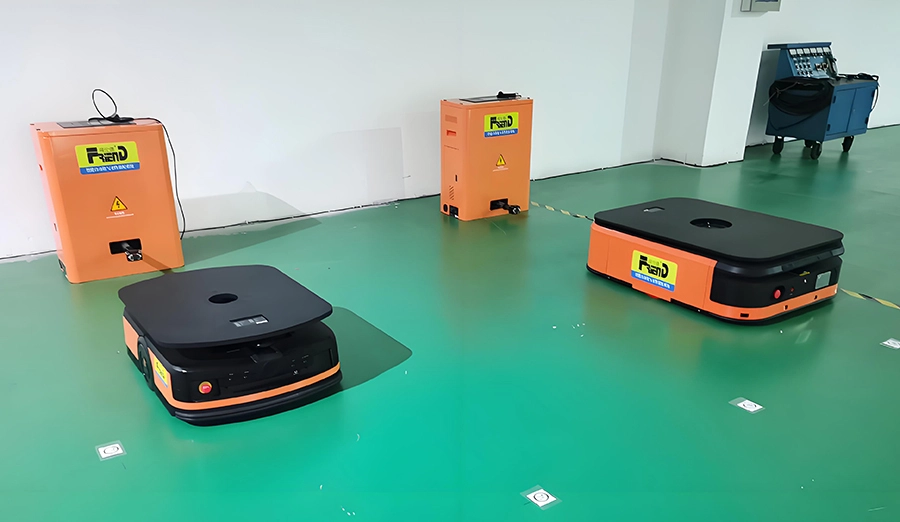
For enterprises, seizing the development opportunities in the wireless charging market for AGV/AMR vehicles is of vital importance. Whether it is equipment manufacturers or charging technology providers, they should increase investment in research and development and continuously enhance the technological content and service level of their products.

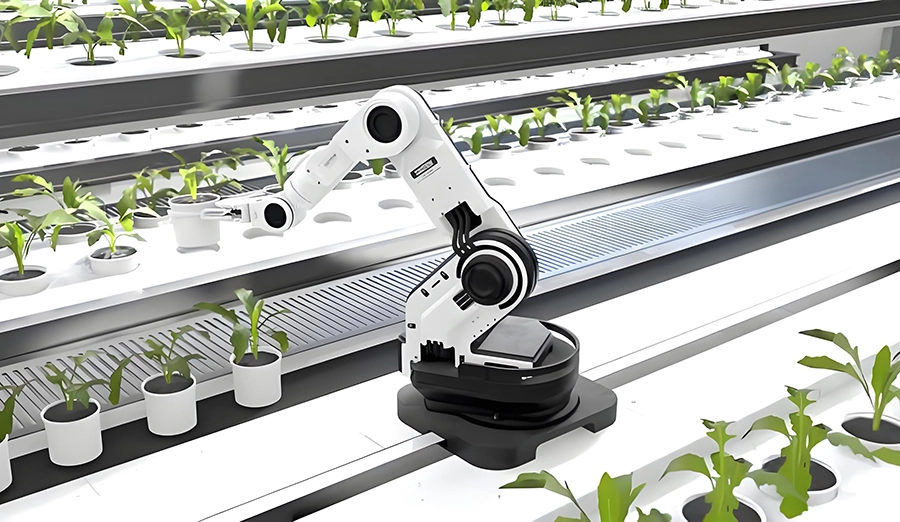
In the wave of smart agriculture, wireless charging technology has injected new vitality into inspection robots. It addresses the pain points of traditional charging methods and provides a more efficient, flexible and safe charging solution for agricultural production.

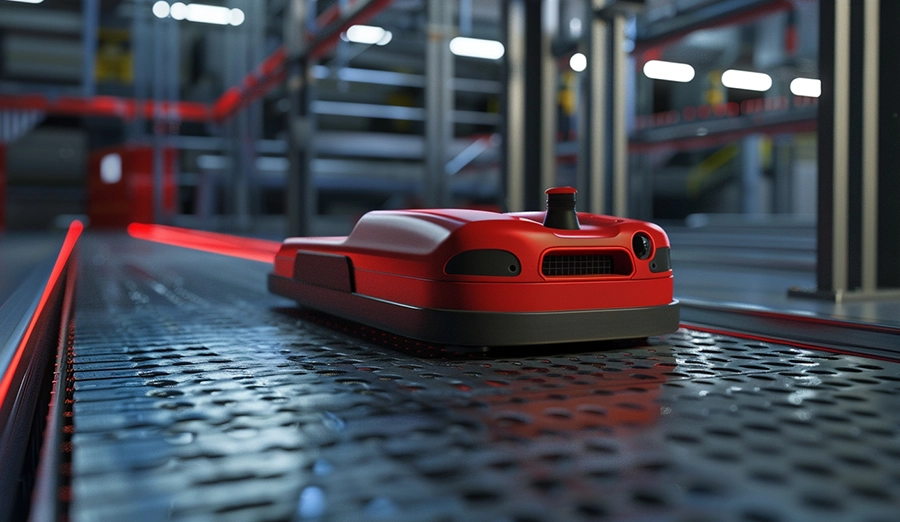
Today, as the pig farming industry continues to move towards intelligence and modernization, wireless charging technology has injected new vitality into pig farming inspection robots. It not only addresses the pain points of traditional charging methods, but also brings higher efficiency, safer guarantees and more comprehensive management to pig farms.

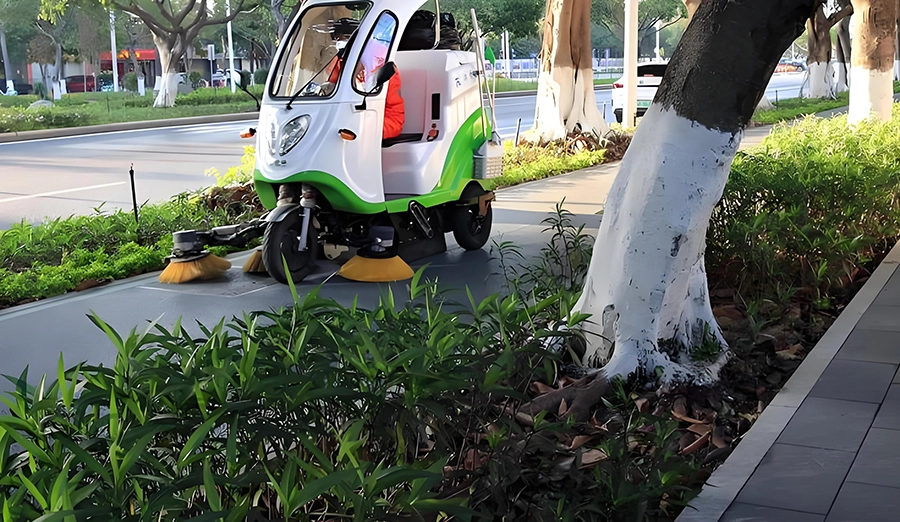
Wireless charging technology provides an efficient, safe and convenient solution to the charging problem of intelligent poultry feeding robots. It can not only enhance the working efficiency and service life of robots, but also reduce the cost of breeding and improve the intelligence level of breeding.

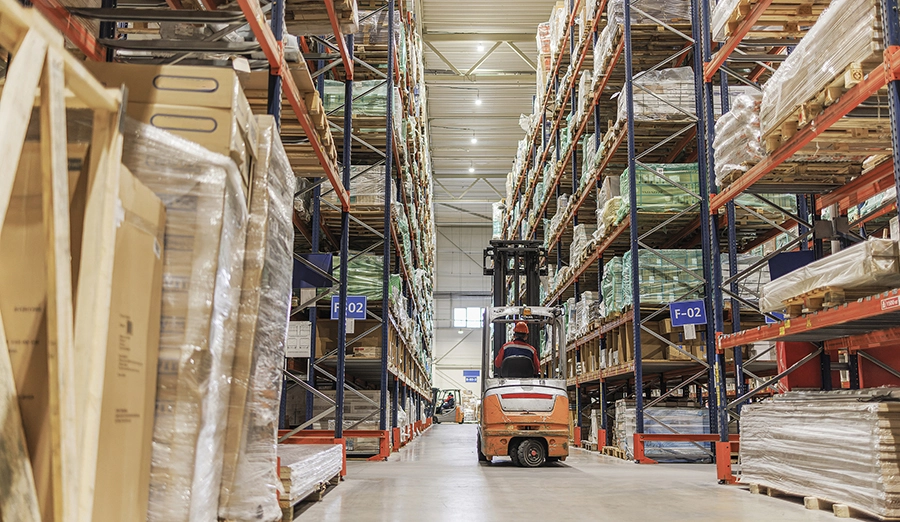
In the future pig farming industry, pigsty inspection robots will play an increasingly important role. Wireless charging technology, as an important support for it, will provide a strong guarantee for the efficient operation of robots. Choosing a wirelessly charged pigsty inspection robot means choosing an efficient, safe and convenient breeding solution.

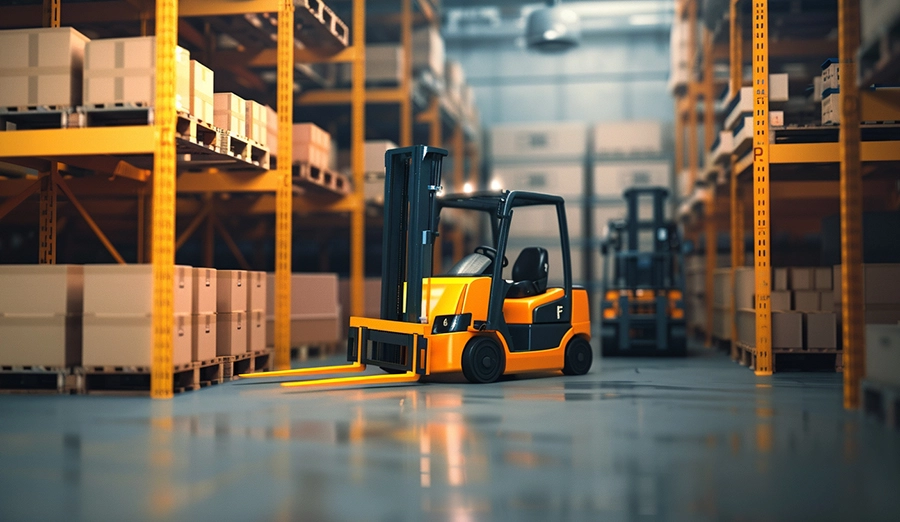
In the field of modern logistics and warehousing, efficiency and safety are eternal pursuits. As an innovative charging solution, the wireless charger for pallet shuttles will bring about new changes to the logistics and warehousing industry.

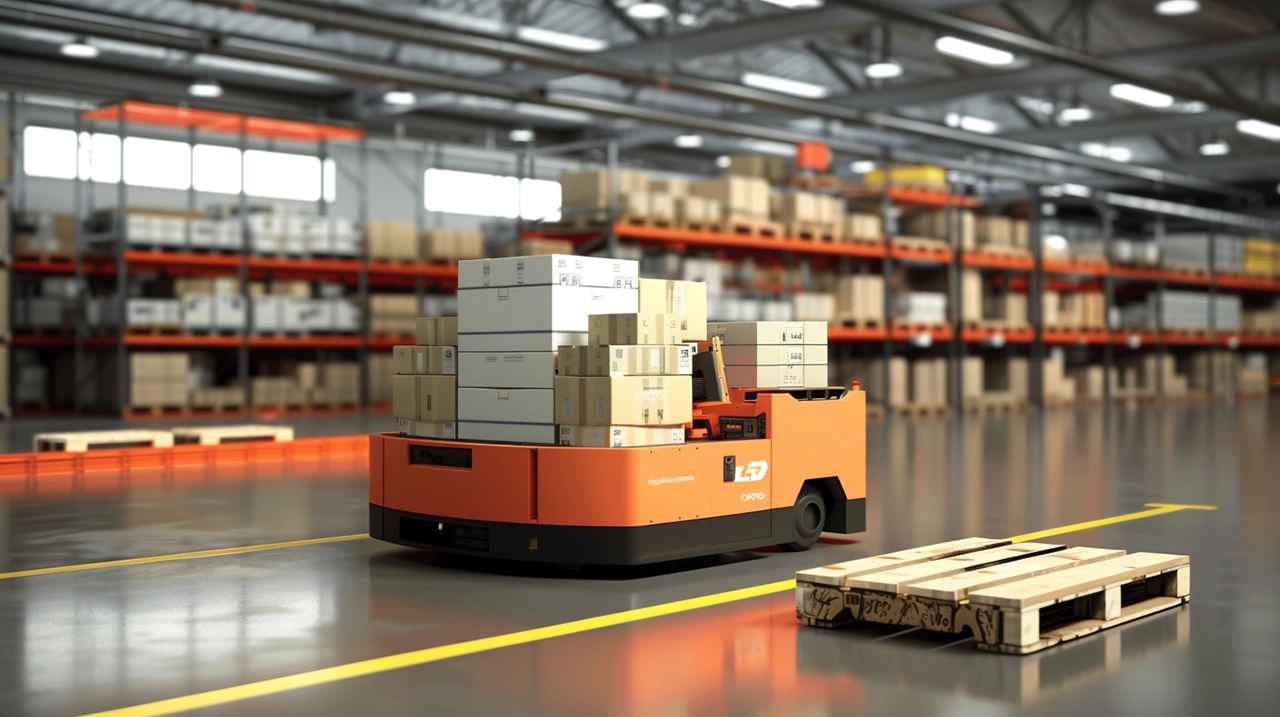
In the future field of security, unmanned patrol vehicles will play an increasingly important role. The emergence of wireless charging technology undoubtedly injects new impetus into the development of unmanned patrol vehicles. It not only solves the pain points of traditional charging methods, but also brings many advantages to unmanned patrol vehicles, enabling them to operate more efficiently and stably.


In the future security field, unmanned security robots will play an increasingly important role. Wireless charging technology, as a key supporting technology, will provide a powerful impetus for the development of unmanned security robots. It not only addresses the pain points of traditional charging methods, but also enhances the performance and reliability of the robot.


In today's increasingly competitive egg-laying chicken farming industry, improving farming efficiency and management level is the key to the development of enterprises. Our wireless charging technology for egg-laying chicken inspection robots provides a more convenient, safe and efficient solution for egg-laying chicken breeding enterprises.
